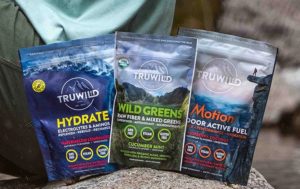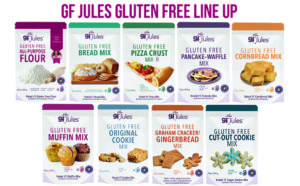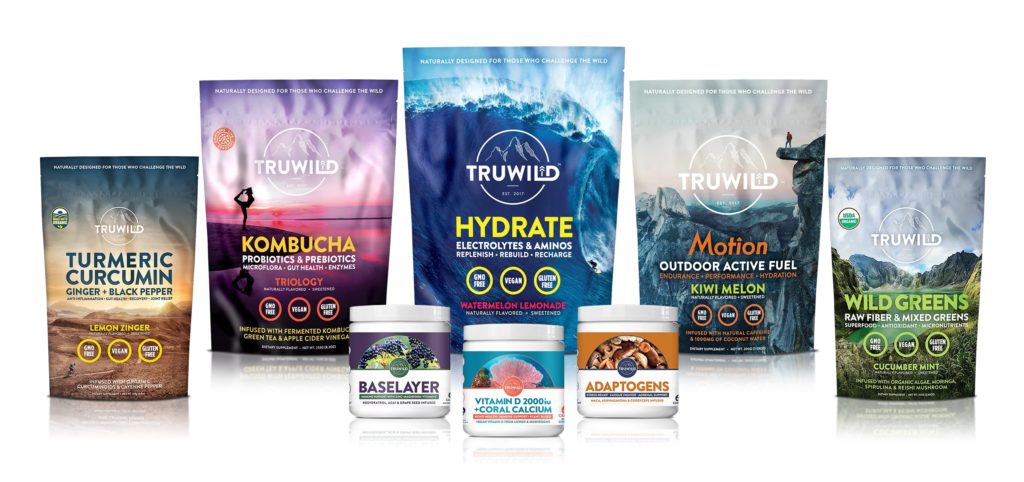The recipe is inspired by Joshua Weissman and his “30 Minute Homemade Fresh Mozzarella Cheese” video with a few small changes.
As I’m using our raw goats milk, less rennet will be required for setting the milk. I also like to salt and stretch the cheese a little bit differently. Most recipes have you salt the whey that you’ll be stretching the mozzarella in but I find that this just doesn’t salt the cheese enough. Therefore, I like to salt the cheese directly, adding small amounts at a time at I stretch the cheese. This can however cause discolored spots on the cheese.
What I’ve like about this recipe as opposed to others, is that the curds are heated after they are cut. This helps the curds clump together which makes it easier for the stretching process. With other recipes I’ve tried, the curds have ended up more crumbly, making it difficult to stretch and bind them together.

Problems!
I have had issues with mozzarella curd not forming correctly and ending up with a useless crumbly curd. I haven’t been able to pin point the issue, but I don’t think it had to do with the recipe. I think it had to do with a doe who’s milk I was using as the recipe worked with my other goats milk. Mozzarella can be sensitive to pH changes and acidity so hopefully what happened to me does not happen to you. I’d still love to know exactly what was going on if anybody else had experienced this phenomenon.
**Environmentally Conscious LUXERY Patio Furniture By Grand Patio (CLICK HERE)**
Recommended (clickable)

| Servings |
|
- 3 gallons Raw Goats Milk
- 4.5 teaspoons Citric Acid (dissolved in a 1 cup of water)
- 1/2 teaspoon Rennet (mixed in a 1/2 cup of water)
- 2-3 teaspoons Salt
Ingredients
|

|
- Add the citric acid to your cold milk before heating up to 90°F
- Once up to temp, turn off the heat and add your rennet. Stir for about 15 seconds before allowing to sit and set up for roughly 10-20 minutes or until you can get a clean break from the curd**. Don't stir too long, the curd starts to set up quickly and you'll break it up.
- Once the curd has formed, you can cut your curds into about 1 inch cubes. Allow to sit about 5 minutes after cutting.
- Heat the curds up to 105°F, stirring very gently once or twice to disperse the heat more evenly. Don't be too rough with your curds. Once you hit 105°F, turn off the heat and allow it to sit for about 5 min.
- In a separate bowl with a strainer, spoon out the globs of curd and allow to drain for 5-10 minutes.
- While the curds are draining, set aside some of the whey in a bowl and save it for later. *Heat up the remaining whey to about 130-140°F*. The hotter they whey, the quicker and more smooth your mozzarella will be. It just depends on how hot your hands can handle.
- As this is a bigger batch, cut mozzarella into 2-3 large chunks to work with (or however big you want your cheese balls). Take each piece and lower it into the hot whey for 5-10 seconds before lifting back out and beginning to work and stretch and fold the cheese over repeatedly.
- It's at this time that I also sprinkle small amounts of salt with each fold. How salty is up to you.
- The mozzarella is finished about about 3-4 nice clean folds. You can tuck it into the classic ball shape or however you like.
- Put cheese balls in either room temperature whey for 15 minutes before eating, or chill them in ice water to hold the ball shape. Without ice water your mozzarella will puddle into a blob.
- Eat fresh or store in the fridge for up to 1-3 days.
*Don't let the whey get too hot or you'll cook your cheese instead. The goal is to get it hot enough to mold it together and get it stretchy.
**A clean break is when you can stick the tip of a knife into the curd and lift up to a clean break. If it's a bit loose and messy, wait a little longer.








